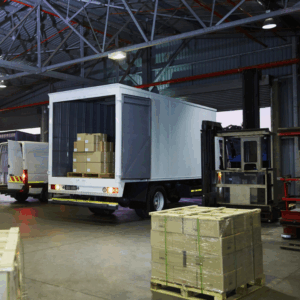 Shipping demand is one of the most significant factors influencing the logistics industry. It defines how goods move, when they move, and at what cost. As the global economy becomes increasingly interdependent and driven by e-commerce, understanding shipping demand becomes crucial for all parties involved in the retail supply chain. Retailers, logistics managers, and freight forwarders must align their operations to respond to constant fluctuations in demand. In this article, we’ll explain what shipping demand is, how it affects the supply chain, what vessels mean in the shipping industry, and how digital freight forwarding plays a key role in simplifying international logistics. Additionally, we’ll address some of the most frequently asked questions shippers often have.
Shipping demand is one of the most significant factors influencing the logistics industry. It defines how goods move, when they move, and at what cost. As the global economy becomes increasingly interdependent and driven by e-commerce, understanding shipping demand becomes crucial for all parties involved in the retail supply chain. Retailers, logistics managers, and freight forwarders must align their operations to respond to constant fluctuations in demand. In this article, we’ll explain what shipping demand is, how it affects the supply chain, what vessels mean in the shipping industry, and how digital freight forwarding plays a key role in simplifying international logistics. Additionally, we’ll address some of the most frequently asked questions shippers often have.
What Is Shipping Demand?
Shipping demand refers to the economic need for freight and shipping services to move goods from one place to another. It is not a primary demand, but a derived one. In other words, the need for shipping services depends entirely on the demand for physical goods. Suppose there is a rise in demand for consumer electronics, clothing, or industrial materials. In that case, there will be an automatic increase in shipping demand to transport those goods across the supply chain. This principle affects both international and domestic logistics.
Several variables influence this type of demand. Consumer purchasing habits shift with the seasons, special events like Black Friday or Chinese New Year, and major promotional campaigns. When consumers buy more, businesses produce more, and as a result, the need for transportation services grows. Global economic conditions also play a significant role when economies are growing, businesses ship more goods to meet demand and replenish stock. Unexpected situations, such as global pandemics, wars, port strikes, or changes in government regulations, can lead to sudden fluctuations in shipping demand, resulting in bottlenecks or surpluses of freight capacity.
Shipping Demand’s Impact on the Retail Supply Chain
The retail supply chain is closely tied to the fluctuations in shipping demand. Every link in the chain—from raw material sourcing to final delivery—relies on the efficiency and availability of freight transportation. When shipping demand increases rapidly, it places pressure on logistics providers and retailers to secure space on trucks, planes, or vessels, often at higher costs. Freight rates can rise sharply, and delivery schedules become less predictable. This, in turn, affects inventory management, a critical component of retail logistics.
Retailers that fail to anticipate shipping surges might run out of stock or over-order to compensate, leading to increased warehousing costs and inventory obsolescence. On the other hand, when demand drops, excess shipping capacity can lead to price reductions, but also to too long delays as carriers consolidate shipments to optimize their routes. This balanced imbalance between shipping capacity and demand defines the resilience of retail operations. More retailers are now turning to digital freight platforms and international freight services that offer real-time data and flexible booking options. This enables better forecasting, better budget control, and stronger supplier relationships, all of which are essential for staying competitive in today’s global market.
What Is the Meaning of Vessels in Shipping?
In the shipping industry, a vessel is a large seafaring ship used to transport goods across international waters. Vessels are the workhorses of global trade, carrying over 80% of the world’s merchandise. They come in various types and sizes, each designed to handle specific kinds of cargo. Container vessels, for instance, carry thousands of standardized containers used in international freight services. These are ideal for both full container loads (FCL) and less-than-container load (LCL) shipments.
Bulk carriers are used to transport unpackaged materials, such as grains, ores, and coal, while tankers transport liquids, including crude oil and chemicals. RoRo vessels, short for Roll-on/Roll-off, are designed to transport vehicles and wheeled cargo that can be driven on and off the ship. Understanding the type of vessel that carries your freight is crucial because it affects your ocean freight shipping quote, the speed of delivery, and the cost of insurance. With increasing congestion at major ports, having visibility into vessel schedules and transit times is a key advantage, especially when using a digital freight forwarding platform like ExFreight.
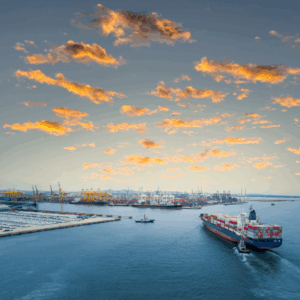
Digital freight forwarding has transformed how businesses approach international logistics. Instead of dealing with countless emails, phone calls, and paper documents, companies can now access all freight and shipping services through a single digital platform. ExFreight provides a seamless solution for obtaining freight quotes, booking shipments, and tracking freight in real-time. With instant ocean freight shipping quotes and online air freight rates, businesses can compare and book the best shipping options without the traditional delays.
The ability to manage LCL ocean freight, full truckloads, air cargo, and less-than-truckload (LTL) shipments through a single interface makes it easier for retailers and importers to respond quickly to changes in shipping demand. Moreover, with open API connectivity, ExFreight integrates easily into your existing transportation management systems, making freight transportation not only faster but also smarter. Instant tracking, real-time updates, and seamless documentation uploads ensure transparency and operational control throughout the entire process. This is especially helpful when navigating complex international logistics where time and compliance are critical.
Frequently Asked Questions
One of the most common questions we receive is: How can I track my shipment? With ExFreight, tracking your shipment is simple. You can log in to your account and view real-time updates, including your current location, estimated delivery time, and any delays. There is also a public tracking link that you can share with customers or internal teams without revealing pricing or sensitive details.
Another frequent question is, what does “delayed” mean in shipping? A shipment marked as delayed means that it has not moved according to its original schedule. This can be attributed to various factors, including weather disruptions, port congestion, customs clearance issues, or changes in routing.
We are also often asked what “missing documents’ means. This status appears when critical documents such as commercial invoices, bills of lading, or packing lists have not been received or uploaded correctly. Missing documents can result in customs holds, additional fees, and delivery delays.
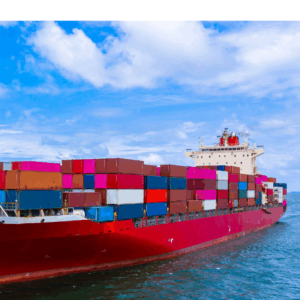
Shipping demand is a constantly shifting force that influences freight rates, delivery speed, and supply chain performance. For businesses involved in retail, manufacturing, or wholesale distribution, staying ahead of shipping trends means having the right tools to respond. Understanding the impact of freight transportation and knowing how to interpret vessel schedules and demand patterns can give businesses a strategic edge. With ExFreight, digital freight forwarding becomes not only accessible but empowering. Whether you need a quick freight quote, want to explore air freight from Germany, or need a reliable way to manage LCL shipments, ExFreight’s platform is designed to help.
If you’re ready to improve your shipping operations and take control of your supply chain, start by getting an instant quote with ExFreight today. Efficient, transparent, and digitally connected shipping is no longer optional; it’s essential.

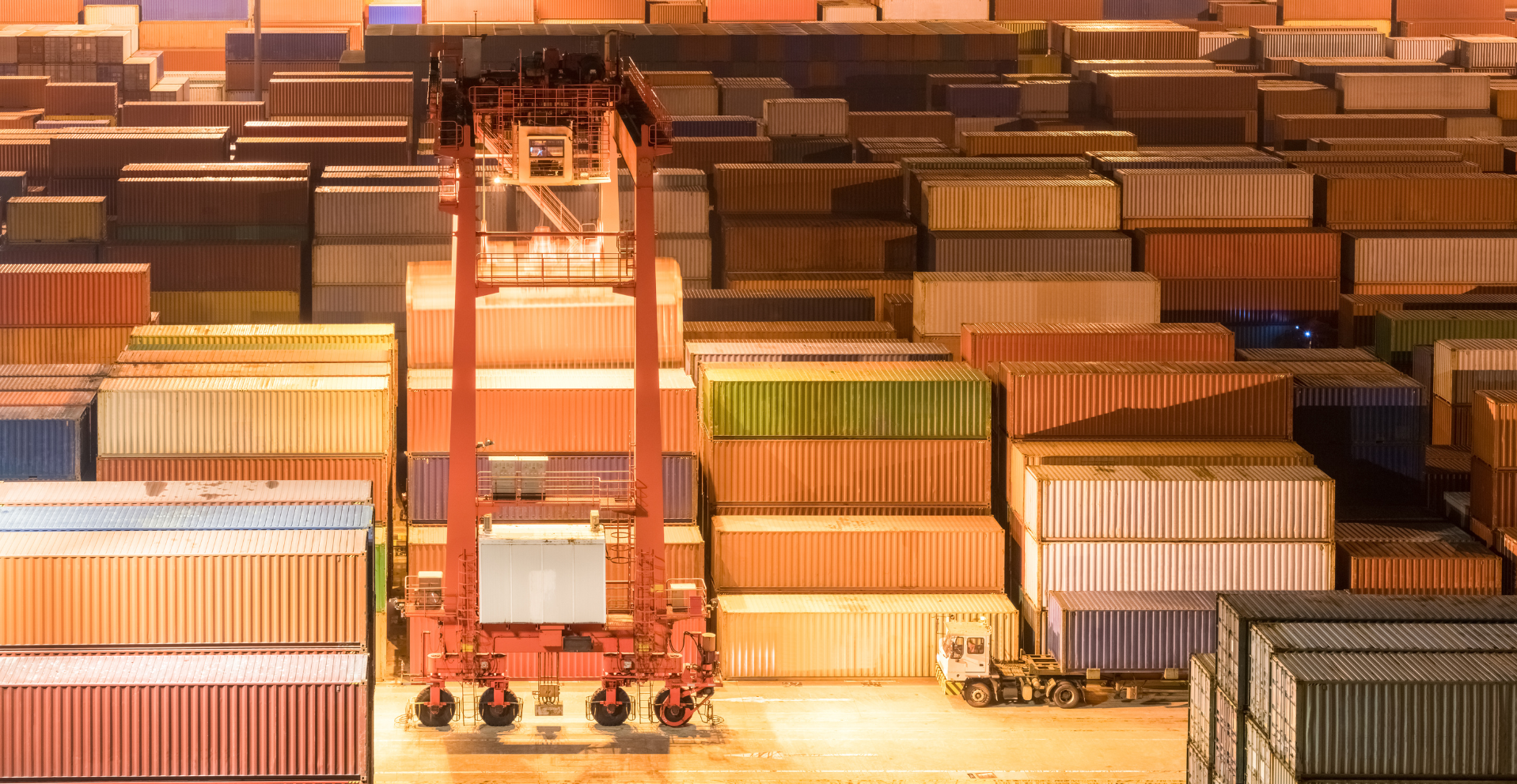
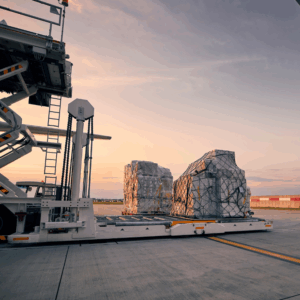
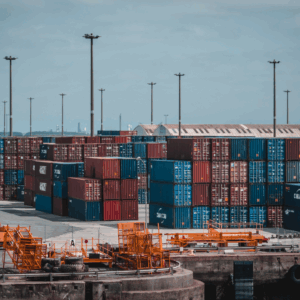

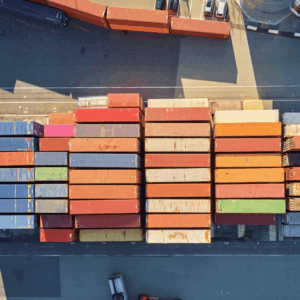

Leave A Comment
You must be logged in to post a comment.